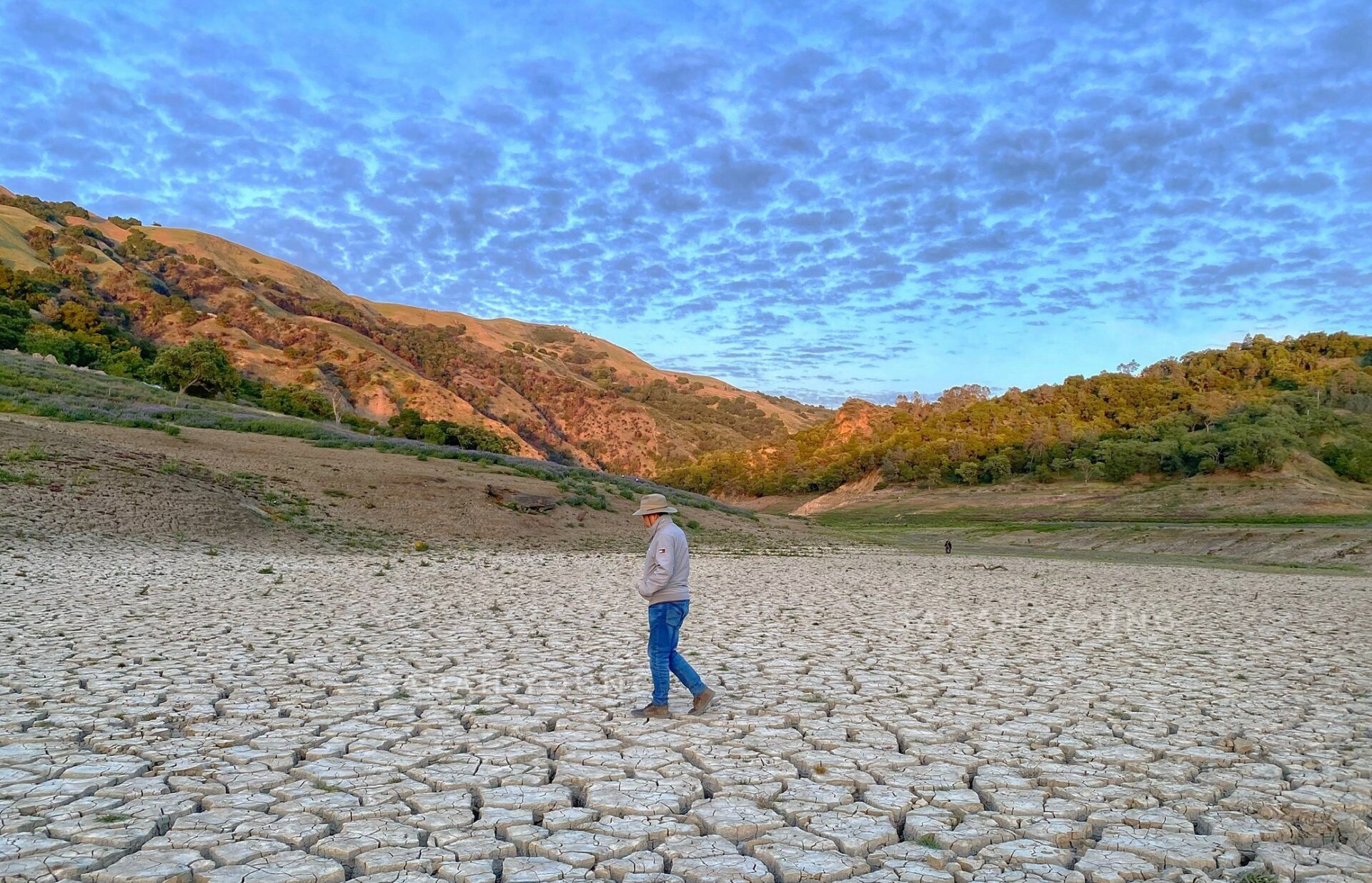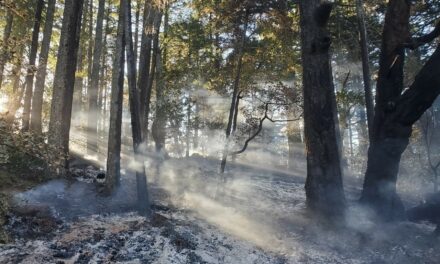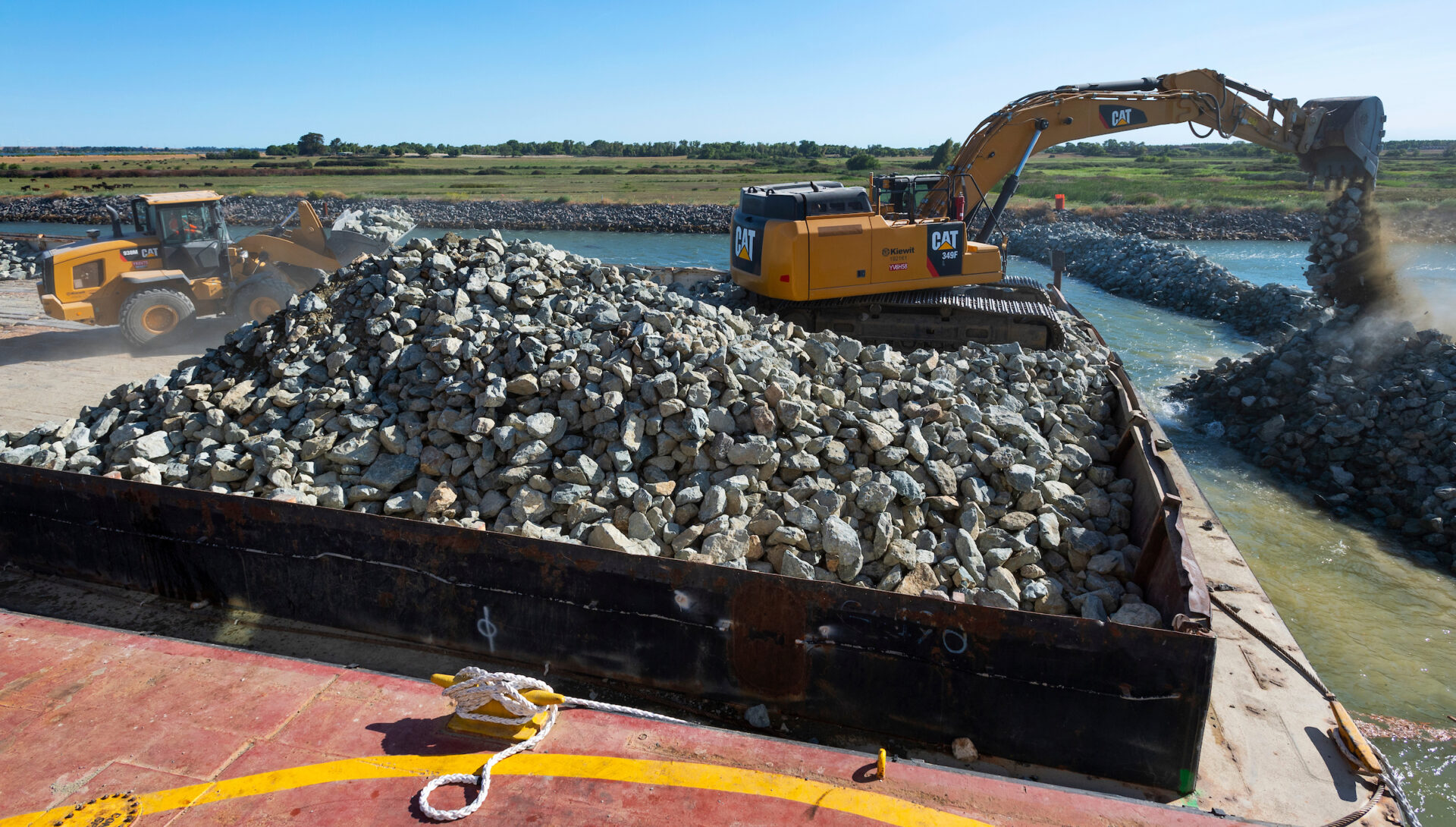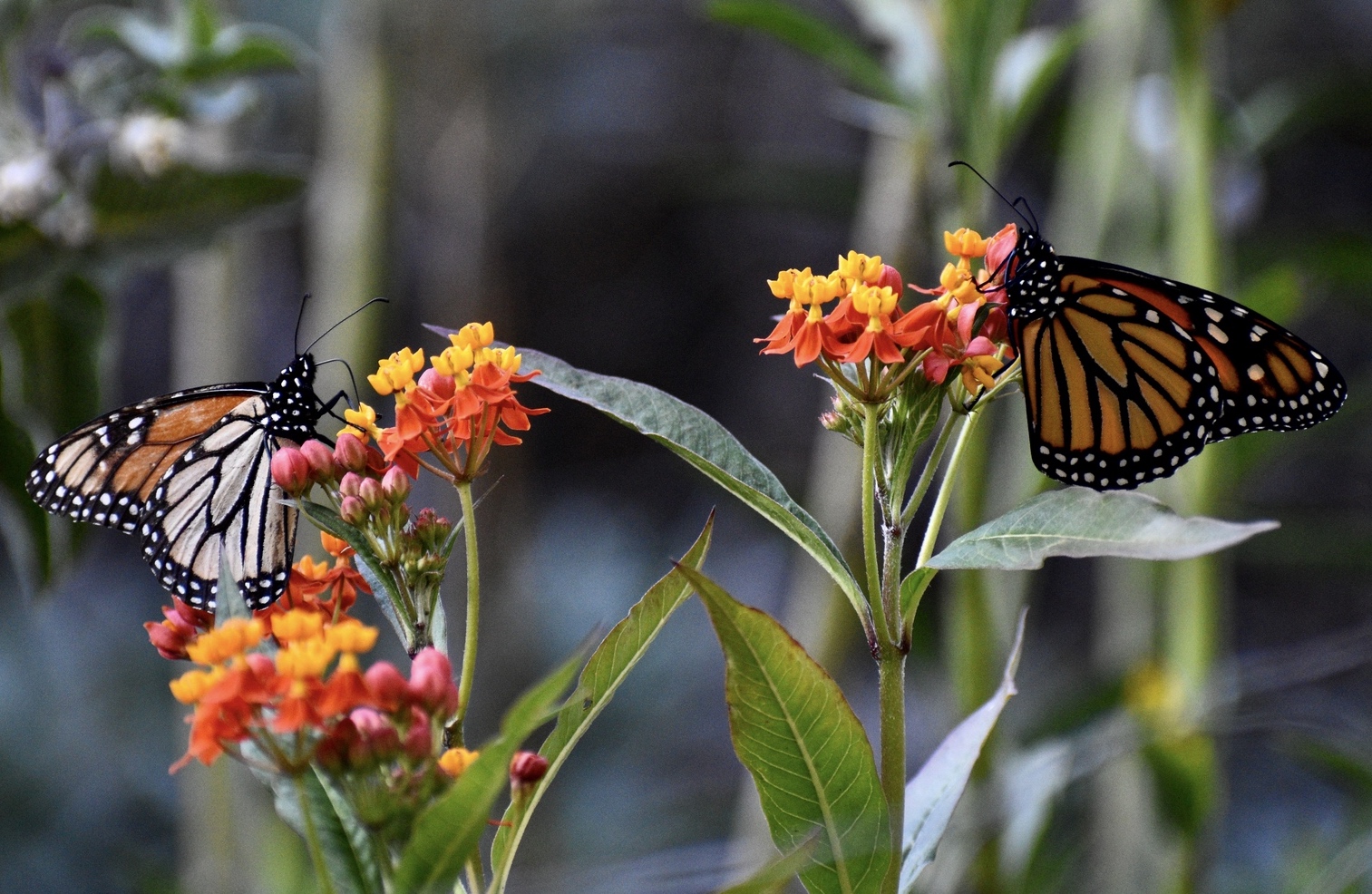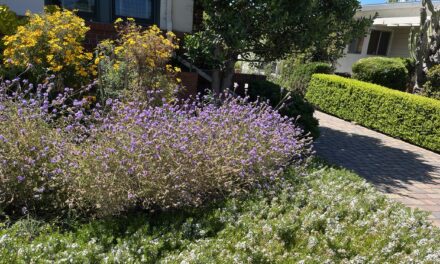Slaying Beasts at Valley Water
When Gary Kremen delivered his State of Valley Water Address on February 8th, he had Herculean beasts and ecological balance sheets on his mind. Kremen, chairman of the board of directors of Valley Water, described the “triple-headed hydra” threatening the district as the combination of a worsening drought, an evolving COVID-19 pandemic, and an increasingly dire picture of climate future.
Despite early winter storms, drought in California remains the status quo, which poses multiple problems for the Santa Clara Valley. The district imports 55% of its water and, with nearby Anderson reservoir out of commission for the next ten years, reliant on overburdened upstream reservoirs.
“Conservation is a way of life” for Valley Water, said Kremen in his address. He hit the usual suggestions, like not watering lawns and taking shorter showers, and described his car “as a science experiment. Totally covered in dirt.”
Climate change and drought “are inextricably linked,” says Kremen, speaking to the KneeDeep Times about two of the heads on the multi-headed hydra facing down Valley Water. Even so, “we see climate change as less snowpack…exacerbating the drought/flood situation. Drought has other complexities.” In other words, Kremen sees these two heads as related, but requiring different solutions to combat. He proposed a climate change committee on the Valley Water board, led by himself, to “[look] at our own sustainability, carbon footprint, and what we think of ecological footprint budgets.”
Gary Kremen described the threats to the Santa Clara Valley Water District as a “triple-headed hydra.”
When Hercules slew the Lernaean Hydra, he discovered that when one head was cut off, two would grow in its place unless he cauterized the stump with fire. The analogy is apt, for poorly thought out solutions can often worsen the very problem they aimed to fix. When facing down Valley Water’s hydra, Kremen’s fire might be his idea of ecological balance sheets, or a kind of financial accounting of ecological services and assets the district delivers.
These balance sheets would make it “easy to see if you have a problem or if you made progress,” he says. “If you view it in a financial context — maybe there would be more buyers if people saw we had done good work in sustainability.” Not the fiery solutions popular in the age of heroism, but perhaps more appropriate for a 21st century problem.
Other Recent Posts
How to Keep Our Furry Friends Cool in Record Temperatures
We talked to the House Rabbit Society and Bay Area pet owners to gather practical advice about how to keep animals cool during hot weather.
Dancers & Divas Conjure Climate Art and Island History
Musicians, storytellers, photographers, and an aerial dance troupe explore sea level rise in a year-long series of arts events in Alameda.
Don’t Count on Kelp to Buffer the Coast
Before breaking on the coast, California waves may pass through kelp forests, but whether this softens coastal erosion like other “blue infrastructure” is difficult to pin down.
Pros and Cons of Hydrogen in the Climate Space
An inside look at the advantages and challenges of hydrogen fuel in California’s clean energy strategy. A new ferry in San Francisco showboats the hydrogen “gold rush.”
When Hot Gets Hotter
Recent research from UC Berkeley’s David Romps explores how extreme heat and humidity push the body to its physiological limits.
Be Prepared for So Much More than the Big One
A reporter visits the LA Disasters Expo to get expert advice and finds a suite of products for securing your home, building a community network, and preparing for emergencies.
Ashland Trades in Car Lot for Community Zocalo
An unincorporated area of Alameda County identified by local government as in need of more park space got a new, climate resilient gathering spot and “town square” this summer.
Getting Serious at the City & County Scale About Future Flood Threats
BCDC’s Regional Shoreline Adaptation Plan lays out four “Minimum Standards” that Bay Area municipalities must meet as they prepare for sea level rise.
Got Climate Anxiety? What Young Folks Should Know
Climate anxiety in younger generations is on the rise across the globe. Google searches for “climate anxiety” soared by 565% in 2021.
Rise South City busca aire limpio para South San Francisco
Francesca Pedraza y Rise South City están instalando monitores de calidad del aire para ver cómo las avenidas que atraviesan South San Francisco afectan la salud de las comunidades latinas. Midiendo los niveles de contaminación y limpiando un arroyo local, esta organización está transformando los barrios de primera línea, aquellos más afectados por el cambio climático.






